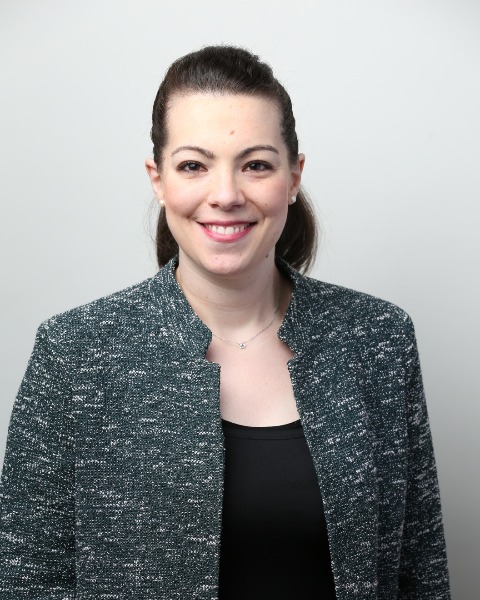Category: Fetus
Poster Session IV
(996) Seasonal variation of orofacial clefting in the United States
Seasonal variation in occurrence of fetal anomalies may provide clues as to etiologic factors. Published literature has inconsistently reported an association of orofacial clefting with season of birth in international cohorts, and there is limited national data assessing this relationship. We sought to assess the association of seasonality with orofacial clefting in the setting of other potential etiologic factors in a large US sample.
Study Design:
Livebirth data from the 2014-2020 National Vital Statistics System Birth Data were utilized for this study. The primary outcome was presence of orofacial clefting. Our primary exposure was season of birth. Trend analyses of orofacial clefting were conducted by season by date of delivery. Adjusted logistic regression models for orofacial clefting including demographic and clinical factors were performed with adjusted odds ratios (aOR) and with 95% confidence intervals (CI) as measures of association. Sub-group analyses were performed for term deliveries and term isolated orofacial clefts.
Results: Overall prevalence of orofacial clefting was 7.2 per 10,000 births, with 19,223 neonates with orofacial clefts among 26.7 million total births. Orofacial cleft birth rates ranged from 7.0 (fall) to 7.4 (spring) per 10,000 births (Figure). In adjusted analysis, births during the fall were at lower likelihood of orofacial clefting compared to those born in the winter (aOR 0.96, 95% CI: 0.92, 1.00). However this relationship was not significant in sensitivity analyses restricted to term births (aOR 0.96, 95% CI: 0.92, 1.00) and term isolated clefts (aOR 0.97, 95% CI: 0.93, 1.01). Higher risk of orofacial cleft births was associated with other factors, such as increased parity, higher maternal age, public insurance, higher BMI, and the presence of other structural anomalies, among other factors (Table).
Conclusion: There was a small but statistically significant association of orofacial clefting with season of delivery in a large US-based sample. This may imply a limited role of seasonal factors in orofacial clefting.

Eve Overton, MD
Maternal Fetal Medicine Clinical Fellow
Columbia University Irving Medical Center
New York, New York, United States
Timothy Wen, MD,MPH (he/him/his)
Clinical Fellow
University of California, San Francisco
San Francisco, California, United States
Maria Andrikopoulou, MD, PhD
Columbia University Irving Medical Center
New York, New York, United States
Alexander M. Friedman, MD
Columbia University Irving Medical Center
New York, New York, United States
Mary E. D'Alton, MD
Obstetrician and Gynecologist-in-Chief Willard C. Rappleye Professor and Chair
Division of Maternal Fetal Medicine, Department of Obstetrics and Gynecology, Columbia University Irving Medical Center
New York, New York, United States- RM
Russell S. Miller, MD
Sloane Hospital for Women Associate Professor of Prenatal Pediatrics (in Obstetrics and Gynecology)
Columbia University Medical Center
New York, New York, United States

.png)
